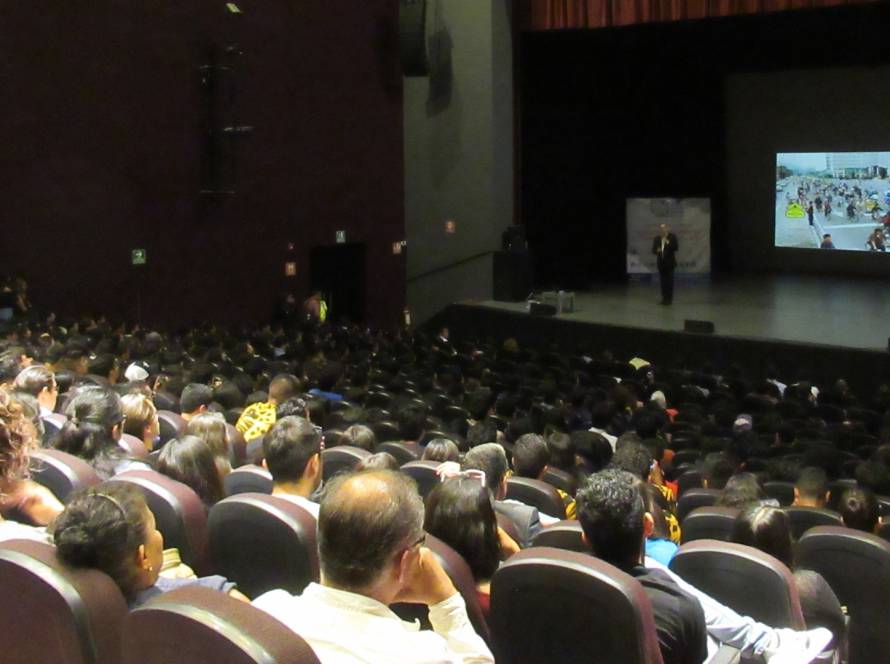Key Takeaways
⇢ Public spaces are essential civic infrastructure for leisure as well as building social
trust, cohesion, and equity.
⇢ Investments in public spaces need to be equitably distributed, with a focus on
underserved, racially marginalized communities.
⇢ Traditional evaluation methods to measure public space impact need to be
updated and should incorporate factors such as social trust, civic engagement, and
equity.
Summary
a. The Reimagining the Civic Commons initiative views parks, libraries, trails, and
other shared public assets as core civic infrastructure:
○ This approach emphasizes co-ownership, trust-building, and long-term
public benefit.
○ When these commons are reinvested in through inclusive, data-informed,
and collaborative efforts, they create ripple effects across public life.
○ The initiative focuses on four measurable outcomes:
– Civic Engagement: People feel agency and connection to shared
spaces.
– Socioeconomic Mixing: Encouraging interaction across race,
income, and age.
– Value Creation: Real estate as well as social and ecological value.
– Environmental Resilience: Designing commons to address climate
goals.
b. Civic Commons Learning Network developed tools to measure invisible outcomes
like social trust, stewardship, and belonging.
c. When designed and operated with intention, public spaces can:
○ Foster trust through face-to-face interaction across difference
○ Improve health and well-being by connecting people to nature and
encouraging activity
○ Reduce violence and disorder with safe, well-used green spaces
○ Support local economic vitality better than tax incentives
○ Build climate resilience – urban cooling, biodiversity, flood control
How can Cities apply these learnings / findings?
a. Allocate funding and political capital to treat commons like schools, roads, or
utilities.
b. Create governance models where municipal departments, civil society, and
community leaders are jointly accountable for outcomes.
c. Use Data from Civic Indicators such as local trust surveys and time-use studies to
target interventions and assess progress.
Interesting resources
a. Our Epidemic of Loneliness and Isolation: The U.S. Surgeon General’s Advisory on
the Healing Effects of Social Connection and Community –
https://www.hhs.gov/sites/default/files/surgeon-general-social-connection-
advisory.pdf
b. WHO Commission on Social Connection – https://www.who.int/groups/commission-
on-social-connection
c. Social Capital and Economic Mobility by Opportunity Insights –
https://opportunityinsights.org/wp-
content/uploads/2022/07/socialcapital_nontech.pdf
d. Civic Assets for More Equitable Cities by Urban Institute –
https://www.urban.org/sites/default/files/2022-04/civic-assets-for-more-equitable-
cities.pdf
e. Measuring the Civic Commons by Reimagining the Civic Commons –
https://civiccommons.us/app/uploads/2018/01/Measuring-the-Civic-Commons.pdf
f. The Power of the Commons by Reimagining the Civic Commons –
https://civiccommons.us/app/uploads/2023/01/ThePoweroftheCommons.pdf
g. Philadelphia’s Rebuild Initiative
h. Detroit Fitzgerald Revitalization
i. Memphis Public Space Partnership Model
Ideas for further reading / research
a. Heat Wave: A Social Autopsy of Disaster in Chicago – Book by Eric Klinenberg
b. Palaces for the People: How Social Infrastructure Can Help Fight Inequality,
Polarization, and the Decline of Civic Life – Book by Eric Klinenberg
c. The Civic Commons Learning Network Resources – https://civiccommons.us/
d. Reimagining Public Space Governance and Programming in Commercial Districts –
https://neighborhoodcommons.nyc/


